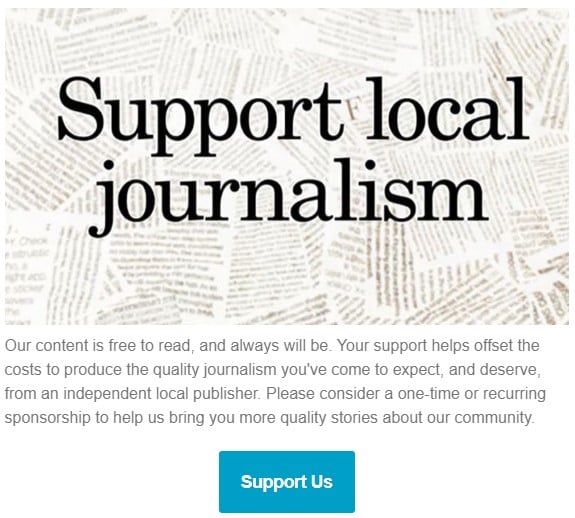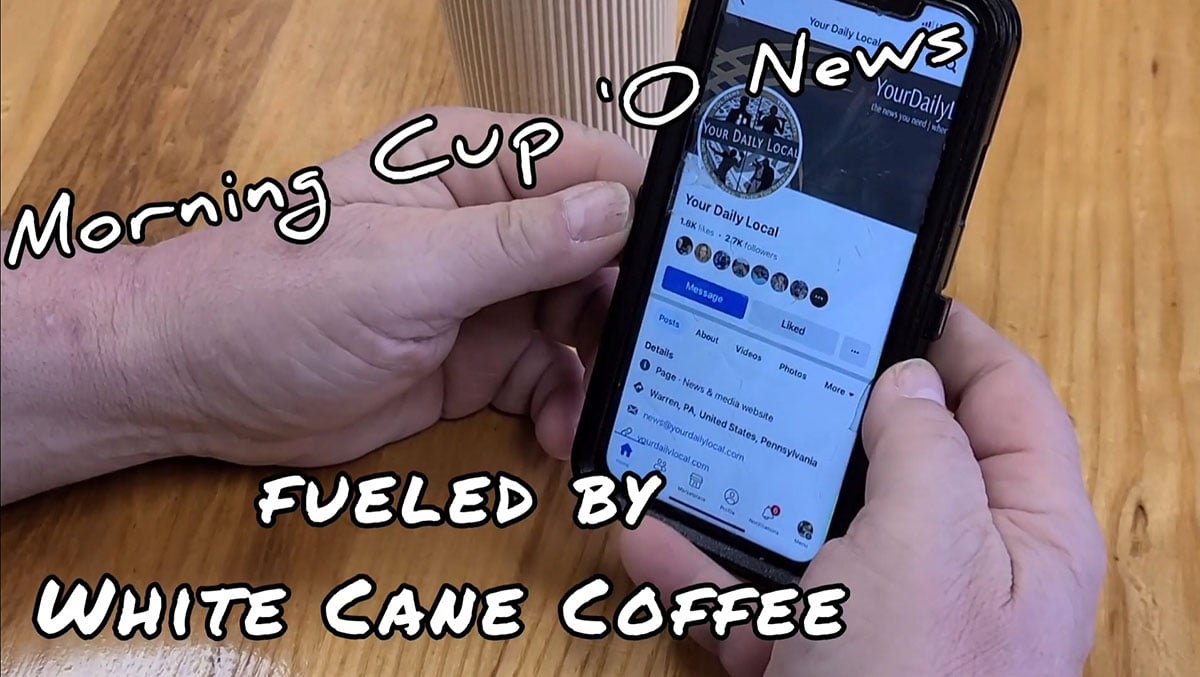Climate problems may seem too big to tackle, yet people all around this great nation are taking action. This is a state-by-state review of how some are responding. This week’s column looks at: KANSAS and the question is: With dwindling groundwater resources in Kansas, is there some good news to report?
Fifty-one percent of US drinking water comes from groundwater resources, and a whopping 90% of our rural populations depend on groundwater, according to groundwater.org a site to check out about the present/future of our drinking water. Groundwater is also essential to agriculture, which means that our food security hangs in the balance as well. With drought periods being more frequent and prolonged, irrigation using groundwater wells is the only way some regions can produce crops at all. Western and Southcentral Kansas are two such areas.
The largest groundwater reserve in the US – the Ogallala Aquifer – is located under the Great Plains. It is huge, stretching from South Dakota all the way south to Texas. However, geological data shows that only a fraction of the water being drawn from underground is replenished by the natural cycling of water via rain and surface water runoff. The levels vary from season to season and year to year, but generally, for every foot of groundwater depth lost, only an inch is replenished through rainfall and other hydrological cycling. This is unsustainable.
Kansas being one of the breadbasket states is a source of pride for Kansan farmers, who produce 24% of the nation’s winter wheat crop and rank third in cattle production and beef processing. Although essential to national food security, agriculture must still balance its needs against municipal and domestic water usage, and also water services to sustain the environment, especially because groundwater levels directly impact surface waters.
Speaking of surface waters, most of the 10,000 miles of Kansas streams and rivers are privately owned. The notable exceptions are the Kansas River, one of the world’s longest prairie rivers; the Arkansas River, 6th longest in the US; and, the Missouri, the longest river in North America.
When it comes to water usage, you find a highly complex landscape of competing private interests, with a growing trend toward protective state or federal action and support for these critical and valuable water resources. Partnerships with conservation organizations and the use of technology to increase water efficiency represent the best tools and strategies currently being applied. More is needed.
The difficulty of negotiating water-related agreements is effectively relayed in this podcast with outgoing official Ron Highland, a frustrated (but not hopeless) state representative from northeastern Kansas who describes the water infrastructure problems as “woefully underfunded.” The following podcast really captures the magnitude of the challenges Kansas faces. If you have internet access, you’ll be able to listen to this program:
Podcast: The Kansas Reflector (May 16, 2022)
Episode: The state of Kansas water, now and in the future [~30 mins]
The aim of Highland’s work is to get water legislation through the state government. If you think dealing with water availability issues that affect every single Kansan should be an easy sell, I encourage you to listen to this guy and (spoiler alert) although his initial legislative effort as head of the Water Committee was not successful, he ends on a positive note.
From the federal government, there is good news to report about the progress being made in every state, relating to the bipartisan Infrastructure and Jobs Act of 2022. At the very bottom of this page, you will find links to each of the 50 states. These pages are regularly updated. A substantial part of what Kansas is getting is being applied to upgrades in water infrastructure.
Let me know if you have a podcast to recommend, have a comment about my column, or have trouble finding a particular podcast I’ve mentioned. Happy listening!
[email protected]
Note: This column, part of a series looking at examples of positive climate action, state-by-state, first appeared in the Forest Press 08-24-2022. If you are interested in this state’s topic, check online for updated news, as a lot may have changed in a year.





























